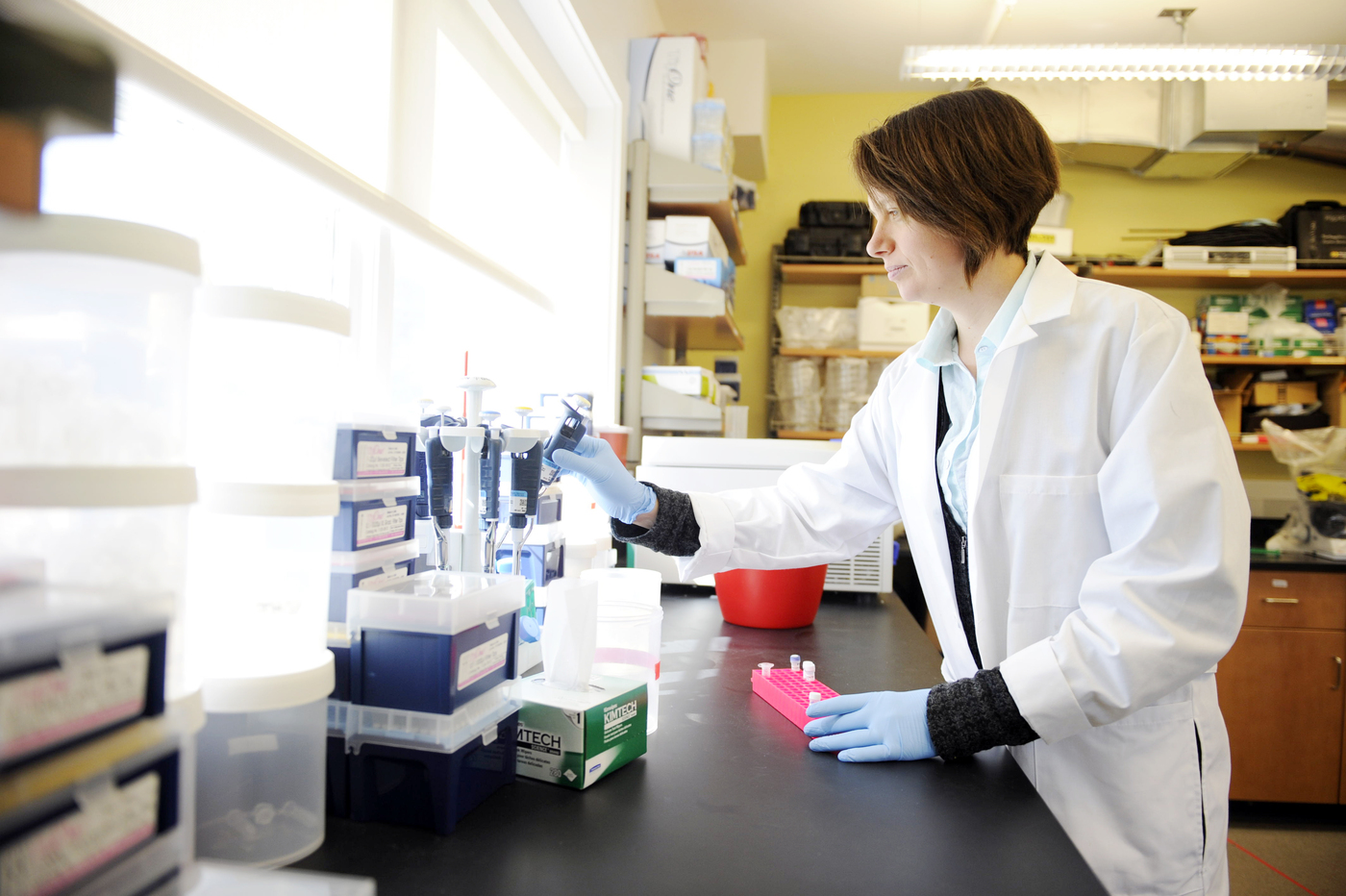DNA, in its simplest definition, encodes the genetic instructions for all living things on Earth. An organism’s DNA is composed of unique sequences of just four bases, which provides the transcript for life.
With the past century’s remarkable discoveries and innovations in the field of molecular biology, one would assume that it is now easy to decode and interpret all DNA. Unfortunately, DNA analysis is not as straightforward as one would hope.
Mutations are what create the uniqueness of plants and animals, but complicate our understanding of DNA. One such type of mutation is inversion, in which a region of DNA is flipped around within a chromosome. Inversions — even neutral ones — can act as confounding variables when using statistical tools and simulations.
Dr. Katie Lotterhos, an assistant professor in the department of Marine and Environmental Sciences, sought to understand the effect of inversions on the statistical models that they use to study DNA. In June of 2019, her article entitled “The Effect of Neutral Recombination Variation on Genome Scans for Selection” was published in the peer-reviewed mega-journal G3: Genes, Genomes, Genetics.

Photo by: Matthew Modoono/Northeastern University
In the paper, Dr. Lotterhos investigates the effects of “neutral inversions” on genome scans for selection. According to the article, “genome scans are statistical tests used to infer the genetic loci either affected by selection or that affect a trait.” The scans are used to identify the regions of the genome that affect an organism’s health or fitness.
This is done for a variety of purposes, including monitoring different phenotypes and locations. The genome scan outputs a test statistic that represents the signal at a particular locus; however, when an inversion has occurred, this statistic may be inaccurate.
In addressing this consideration, Dr. Lotterhos was inspired by her work on marine animals. “My lab works on Atlantic cod, and some individuals have very large inversions in their genome while others do not,” Dr. Lotterhos explained. “We used computer simulations to study the effect of inversions and other kinds of realistic variation in genomes on statistical analysis.”
The results of the study confirm that in cod and other species with large inversions, some statistical models will have misleading results, while others will not.
The data obtained from these analyses provide information that will allow for changes to increase the accuracy of the statistical models. For instance, the study found that if the model can be parameterized before the test is performed, a false-positive signal can be dampened or removed.
Dr. Lotterhos is hopeful that these findings will be widely applicable in the field and will allow researchers “to advance the statistical analysis of DNA data in many different species across the tree of life.”

